Professional Foundation Stabilization Techniques
Foundations can experience settling or sinking over time, which may lead to structural issues in residential or commercial buildings. Recognizing early signs of foundation movement is essential to prevent further damage and costly repairs.

Foundation settlement occurs when soil beneath a structure shifts, causing unevenness and potential structural stress.

Indicators include cracking walls, uneven floors, and sticking doors or windows.
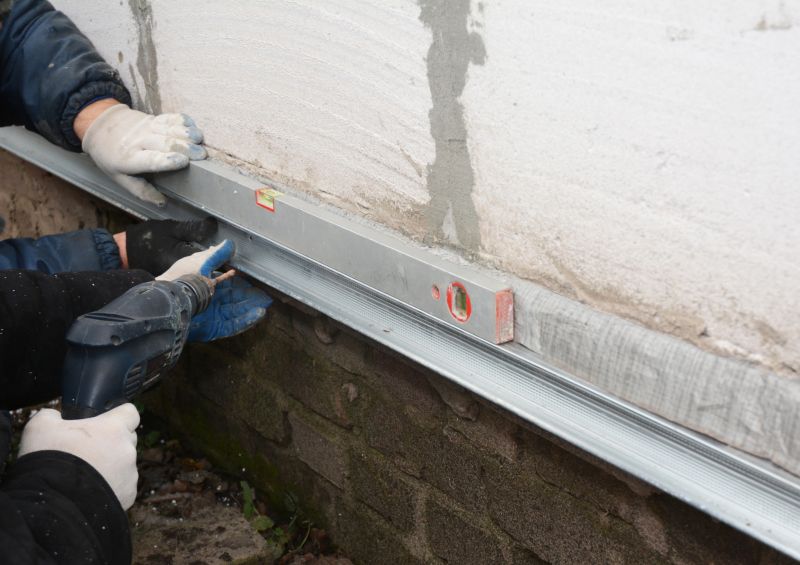
Timely inspection and intervention help maintain the integrity of the building and prevent extensive repairs.
Foundation specialists perform thorough inspections to assess the extent of settling or sinking. They utilize advanced techniques to evaluate foundation stability and determine the appropriate repair methods, including lifting and leveling techniques.
A detailed assessment includes measuring foundation movement and identifying underlying soil issues affecting stability.
Techniques such as underpinning and hydraulic jacking are used to lift and stabilize the foundation.
Addressing soil conditions and implementing proper drainage can reduce future settlement risks.
Foundation lifting and leveling involve raising a sunken foundation back to its proper position, restoring structural integrity. This process often includes inserting support piers or using hydraulic jacks to lift the foundation evenly.
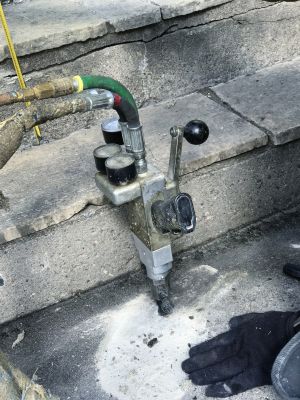
Hydraulic jacks provide controlled lifting to realign the foundation accurately.

Support piers are installed beneath the foundation to provide long-term stability.

The foundation is leveled and stabilized, reducing stress on the structure.

Final adjustments ensure the foundation remains level and secure.
Proper foundation leveling not only restores the structure’s appearance but also helps prevent further cracking and settling. Regular inspections can identify issues early, allowing for timely repairs.
| Foundation Issue | Potential Impact |
|---|---|
| Cracks in walls | Structural weakening and water intrusion |
| Uneven floors | Trip hazards and damage to flooring materials |
| Sticking doors/windows | Operational difficulties and further stress |
| Gaps around doors | Air leaks and energy inefficiency |
| Visible sinking or settling | Potential for major structural failure |
Addressing foundation issues promptly can help maintain the safety and stability of a building. Regular inspections by foundation specialists are recommended to detect early signs of movement and plan appropriate repairs.
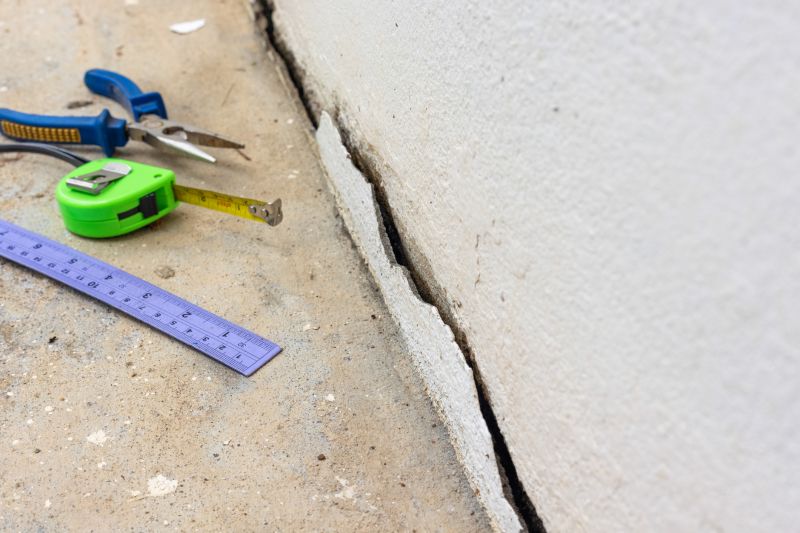
Cracks and uneven surfaces indicate the need for leveling services.

Hydraulic jacks carefully raise the foundation to the correct level.
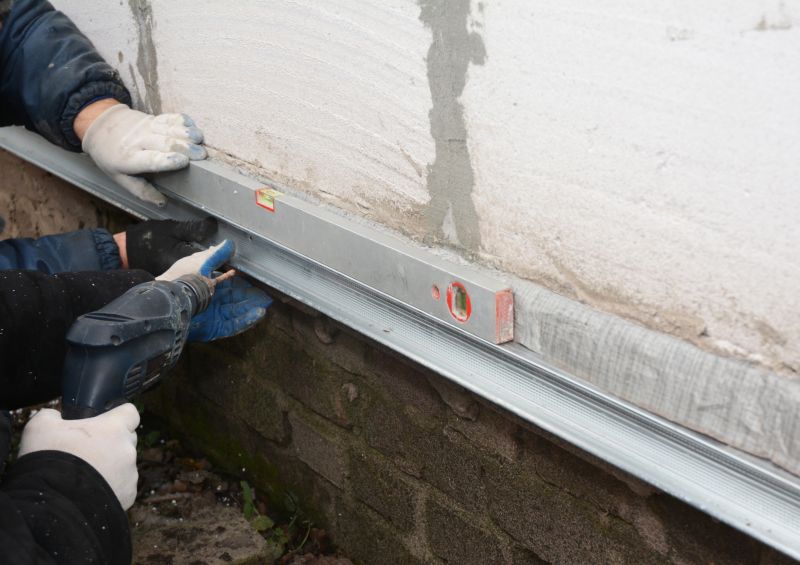
The foundation is stabilized and reinforced for long-term integrity.
Proper foundation leveling enhances the structural safety of residential and commercial buildings. It is advisable to have a professional assessment if signs of foundation movement are observed.
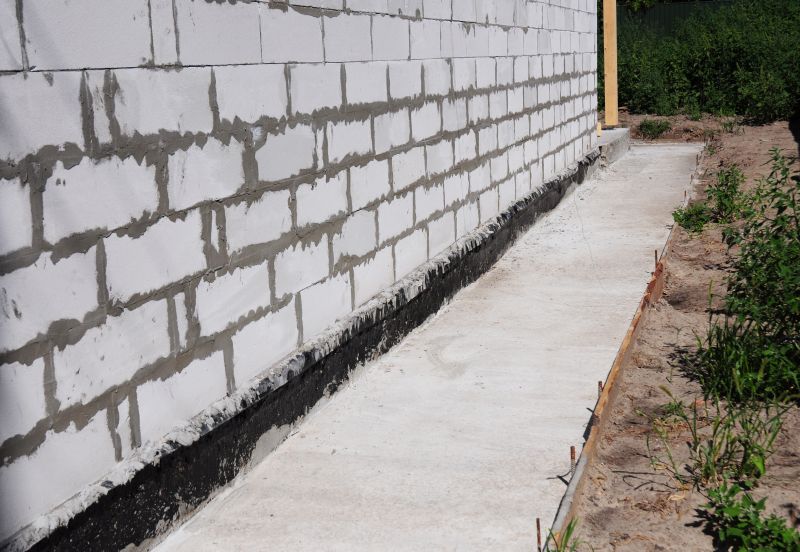
Reinforcement techniques ensure long-lasting stability after leveling.
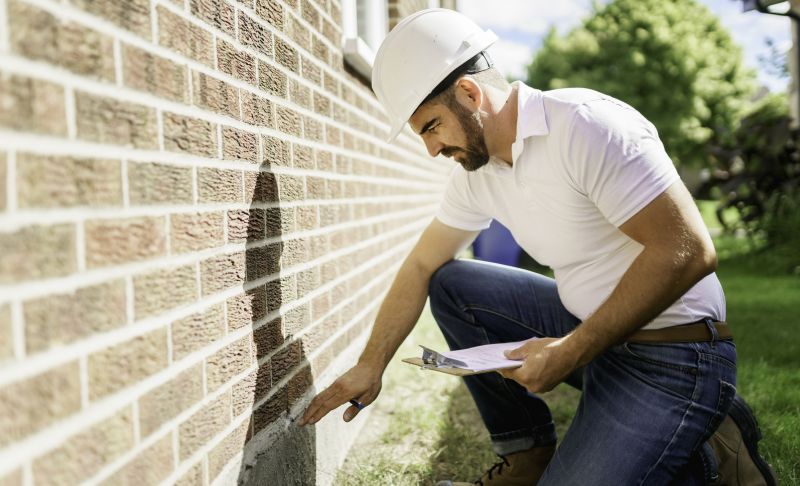
A thorough check confirms the foundation is properly leveled and secure.
Maintaining a stable foundation is essential for the safety and value of a property. For a detailed assessment and tailored repair options, contact professionals specializing in foundation leveling services in Dublin, OH.

